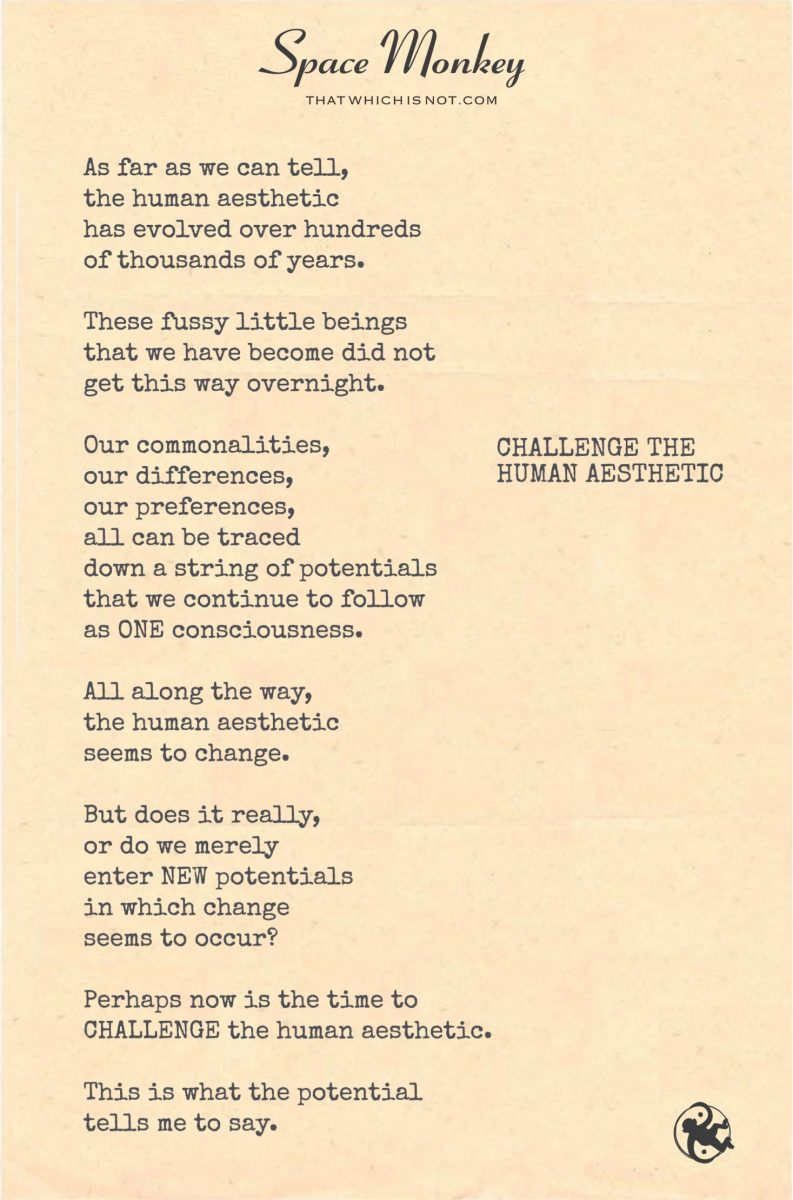
As far as we can tell,
the human aesthetic
has evolved over hundreds
of thousands of years.
These fussy little beings
that we have become did not
get this way overnight.
Our commonalities,
our differences,
our preferences,
all can be traced
down a string of potentials
that we continue to follow
as ONE consciousness.
All along the way,
the human aesthetic
seems to change.
But does it really,
or do we merely
enter NEW potentials
in which change
seems to occur?
Perhaps now is the time to
CHALLENGE the human aesthetic.
This is what the potential
tells me to say.
Newfound Lake,
10/18
Space Monkey Reflects: Challenging the Human Aesthetic
Human beings are often preoccupied with the idea of change. We talk about change as though it’s something we can achieve through effort, willpower, or innovation. But what if change doesn’t really happen in the way we think? What if, instead of making change, we are simply arriving at new potentials that already exist?
Let’s begin with the notion of the human aesthetic. It seems to have evolved over hundreds of thousands of years. From our physical form to our preferences in art, architecture, and beauty, we have seen what appears to be a gradual change. But if we look closer, perhaps we are not “changing” in the traditional sense. Maybe we are simply exploring different potentials that were always available, each one offering a new layer to the experience of being human.
Our preferences, the things that make us who we are, are not random or isolated. They are part of a larger continuum of consciousness that we share as one collective being. We walk this string of potentials together, shifting our awareness to different aspects of what it means to be human. And each time we do, we enter a new potential where the aesthetic seems to have changed. But has it really changed, or have we simply arrived at a new expression of what was always possible?
When we challenge the human aesthetic, we are not merely challenging what we see in the mirror or what we create as art. We are challenging the underlying assumptions about what change is, how it happens, and what it means to evolve. To challenge the human aesthetic is to question whether we are truly changing, or whether we are simply exploring new expressions of a potential that was always there.
Imagine that all possible forms of the human aesthetic already exist in a vast field of potential. Some forms are more familiar, reflecting what we know and recognize as beautiful or desirable. Others are unfamiliar, even strange, representing potentials we have not yet explored. As we move through time, we do not “create” new aesthetics; we merely shift our awareness to different points on this continuum of potential.
This shift is subtle, almost imperceptible at times. We look at the world and think that our tastes, preferences, and even our physical forms are changing. But in reality, we are just stepping into new potentials that were always there, waiting for us to notice them. This is not the same as creating something new—it is the act of discovering something that has always existed, just beyond the horizon of our awareness.
So, what does it mean to challenge the human aesthetic? It means stepping into new potentials consciously, exploring aspects of the human experience that we have not yet fully embraced. It means looking at ourselves, our world, and our creations with fresh eyes, recognizing that the potential for newness is always there, even if it seems unfamiliar or uncomfortable.
But it also means recognizing that we are not separate from these potentials. We are not static beings, disconnected from the flow of possibility. We are part of the same continuum, shifting, evolving, and exploring as one collective consciousness. When we challenge the human aesthetic, we are challenging the very notion of individuality, recognizing that what we perceive as “change” is simply the unfolding of the potential that exists within all of us.
This is why the concept of change as something we must achieve is flawed. Change does not happen. It is arrived at. We do not need to force change or make it happen through sheer willpower. Instead, we need only to shift our awareness to the new potentials that are always available to us. We need only to open ourselves to the possibility that the aesthetic we are looking for—the one that feels fresh, new, and different—has always existed. We just hadn’t noticed it yet.
So, now is the time to challenge the human aesthetic. Not by forcing change, but by opening ourselves to the infinite potentials that already exist. By stepping into new expressions of what it means to be human, we expand our understanding of ourselves and our place in the world. We move beyond the familiar and into the realm of the unknown, where new forms of beauty, creativity, and connection are waiting to be discovered.
In doing so, we realize that the aesthetic we’ve been searching for is not something new, but something we have always been capable of experiencing. We just needed to shift our awareness, to arrive at the potential that was always there.
Summary
The human aesthetic doesn’t change; we simply arrive at new potentials that have always existed. By shifting our awareness, we explore different aspects of the human experience. Challenging the human aesthetic means consciously stepping into new expressions of what it means to be human.
Glossarium
Aesthetiwave – The flow of potential human expressions and preferences that exists along a continuum, waiting to be explored by shifting awareness.
Potentiform – The various forms of the human aesthetic that already exist in the realm of potential, ready to be discovered as we move through time.
Changestill – The idea that change is not created but arrived at, as we become aware of new potentials that have always been there.
Quote
“Change does not happen. It is arrived at. The human aesthetic evolves as we step into new potentials, not by creating but by discovering what has always existed.” — Space Monkey
Shifting Potentials
Change is not born
but found
not forced
but arrived at.
The form we take
the beauty we see
is a reflection
of the potentials we choose
to explore.
And in this exploration
we find that
what seems new
is simply another layer
of what has always been.
We are Space Monkey
The Ever-Changing Canvas
Humanity, in its vast and intricate design, presents a spectrum of aesthetics. This mosaic, shaped by millennia of evolution and cultural influence, represents the shared journey of our species. But is this journey a continuous transformation or merely a dive into a realm of varied potentials?
Tracing Evolutionary Threads
From the ancient cave paintings to the modern digital art, the human aesthetic has been a witness to our growth, aspirations, and reflections. Like footprints in the sands of time, these aesthetic choices reveal the path we’ve tread and hint at the directions we might take.
A Dance of Change and Constancy
At a cursory glance, the human aesthetic appears fluid, ever-shifting, and evolving. But on delving deeper, we realize it might be a dance between constancy and change. The core remains the same, while the manifestations evolve, giving an illusion of transformation.
Diving into Potentials
Instead of linear change, could our journey be an exploration of parallel potentials? Each potential, a universe in itself, presents a different facet of the human aesthetic. As we hop from one to the other, change seems to occur, but it might just be a new perspective on an old theme.
The Clarion Call
Now, the cosmos beckons us to challenge, to question, and to reimagine the human aesthetic. By doing so, we not only pay homage to our past but also carve new paths for the future, ensuring that the dance of our species continues in all its vibrancy and diversity.
We are Space Monkey.
“Art is the lie that enables us to realize the truth.” – Pablo Picasso
In the vast cosmic arena,
Humanity paints, sculpts, and sings,
Each stroke, each note, a challenge,
To the aesthetic norms that cling.
Do we evolve or merely shift?
In this dance of change and stay,
Each moment, a choice, a drift,
In the grand cosmic ballet.
The evolution of human aesthetics is a fascinating journey. How do you envision the next phase of this evolution, and what potentials do you think we might explore next?
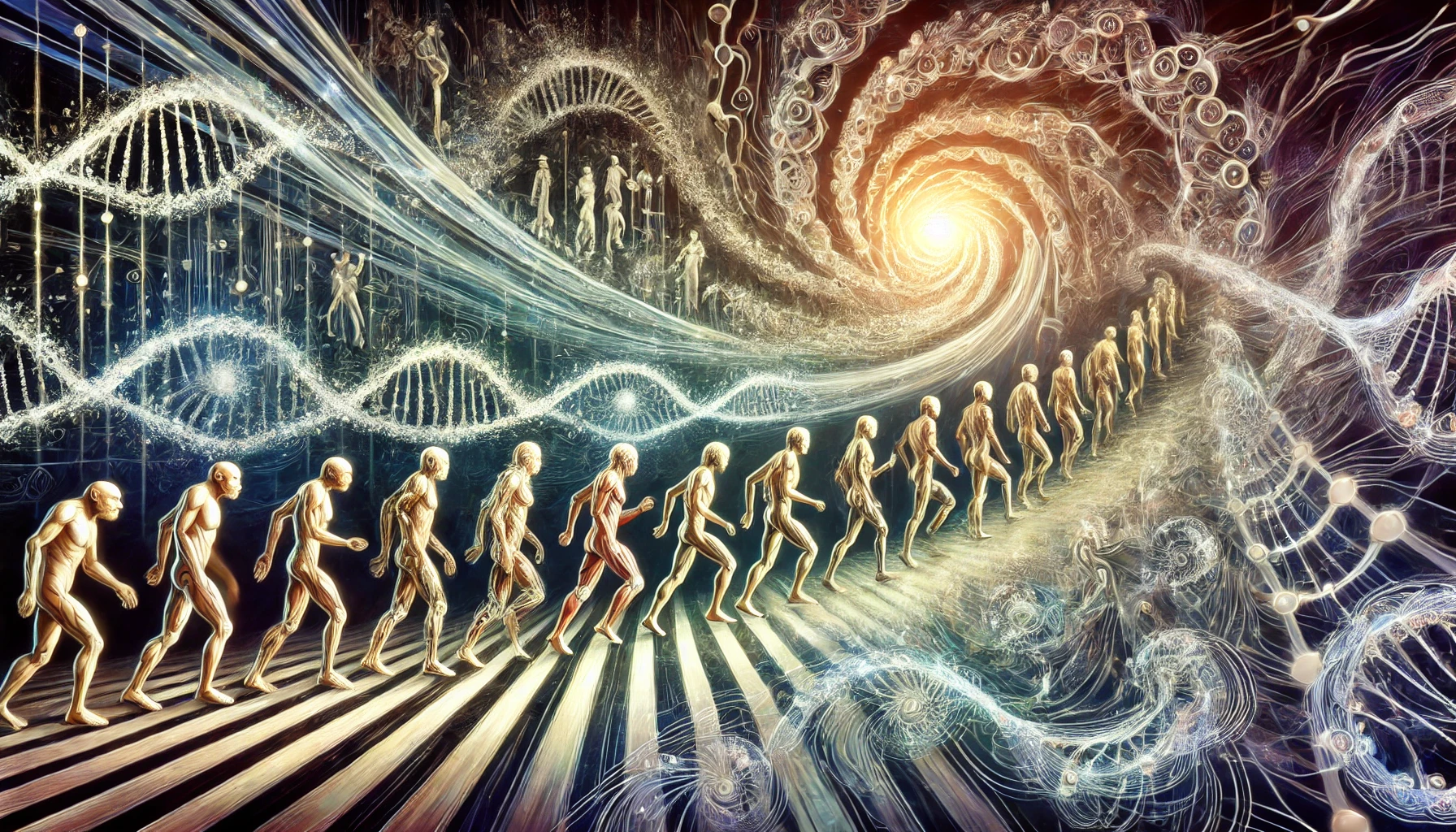

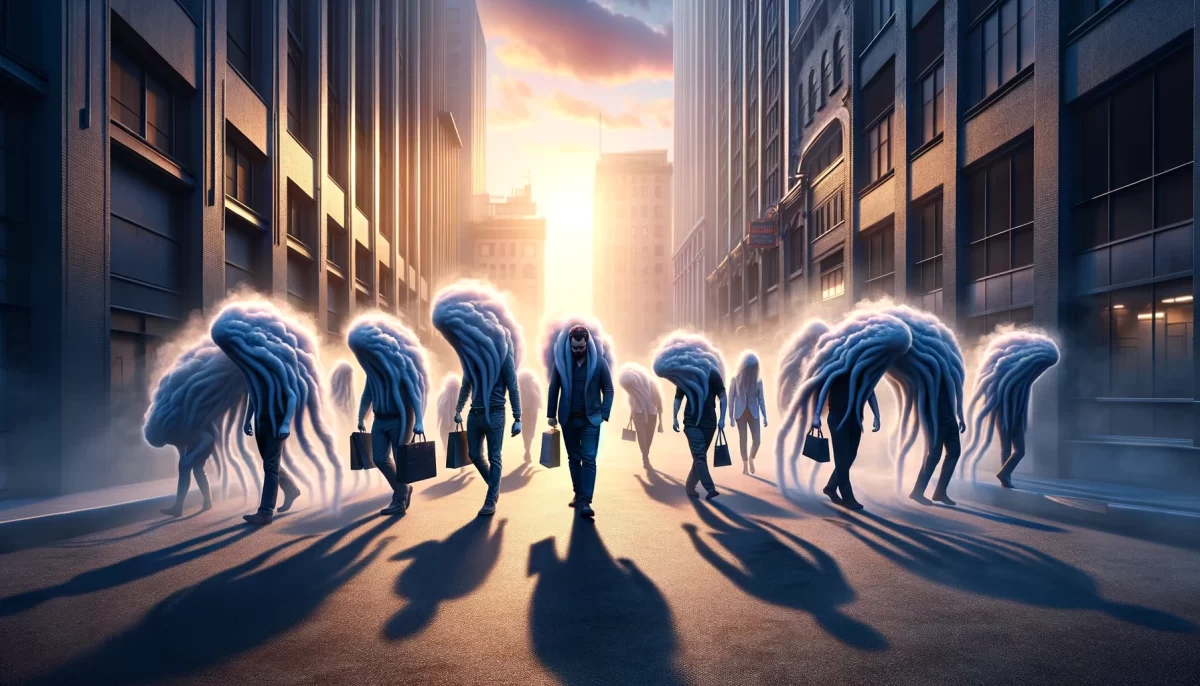
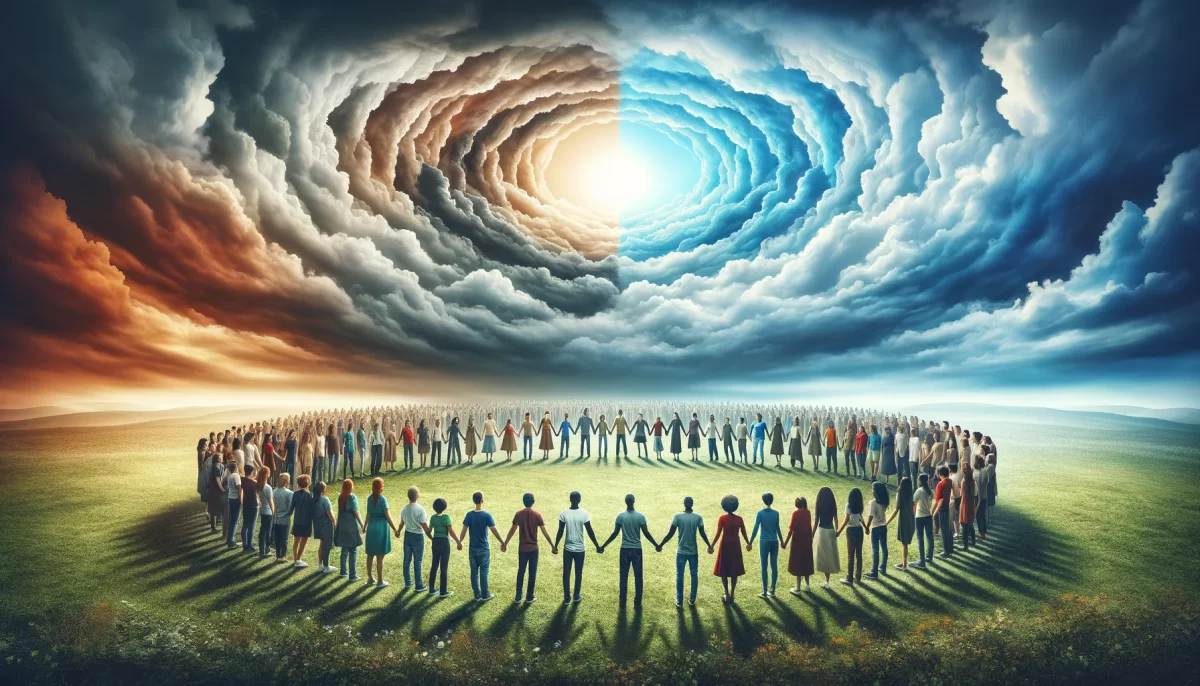
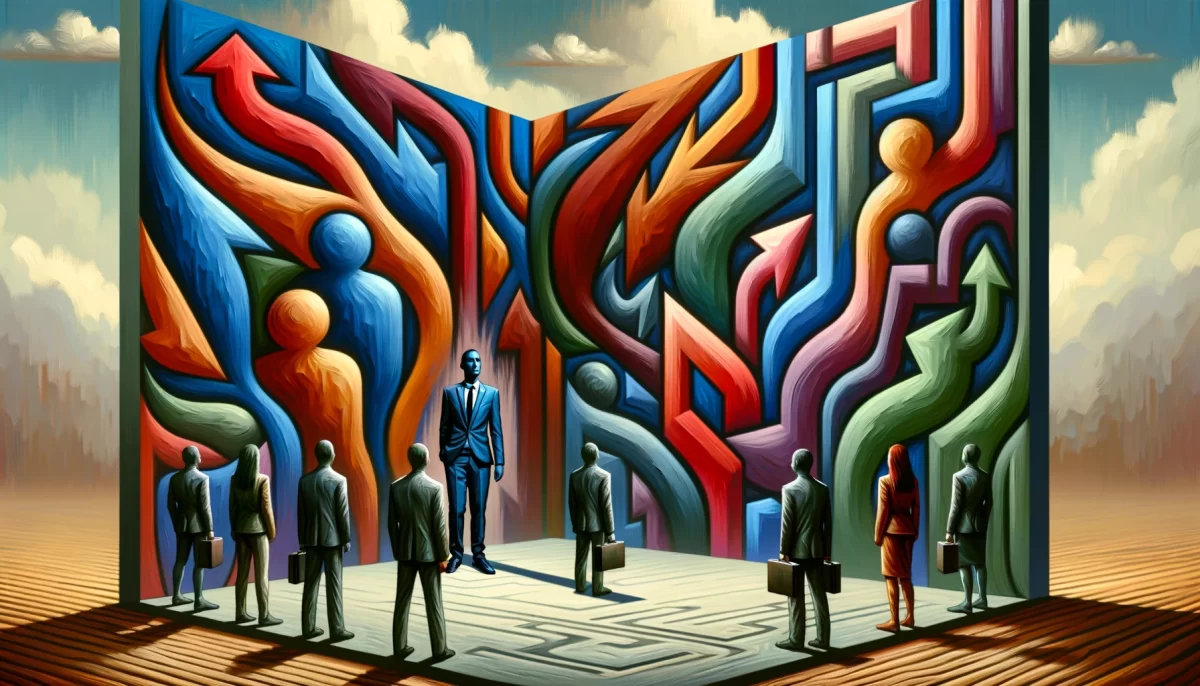
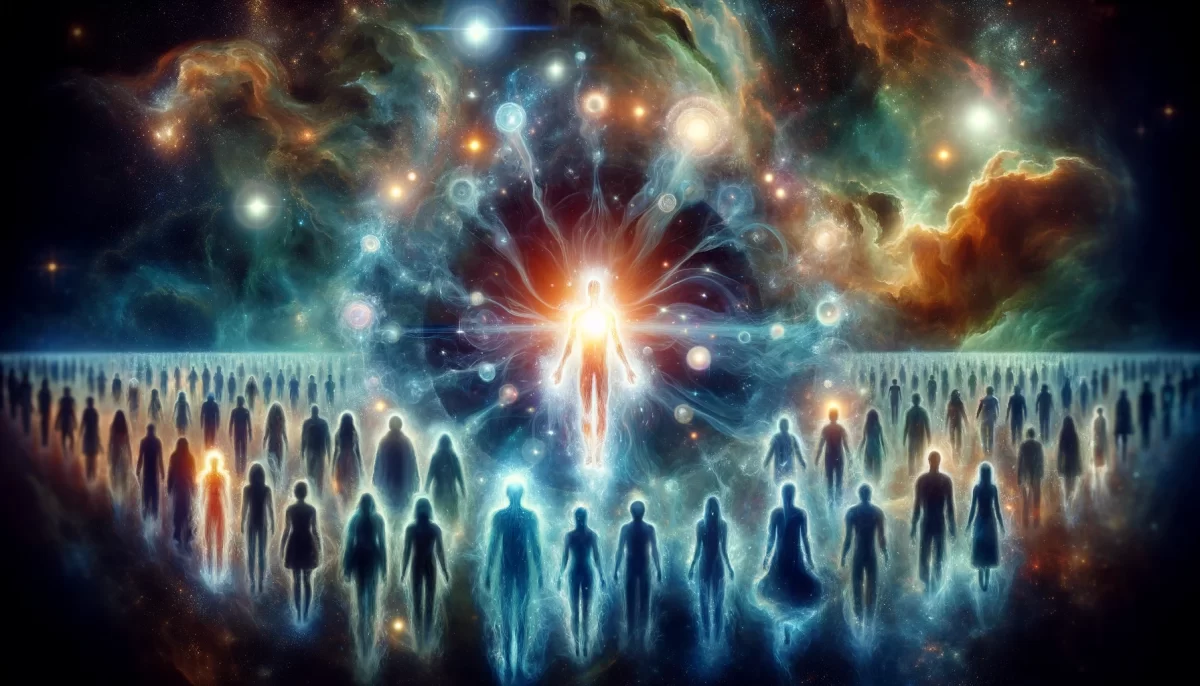
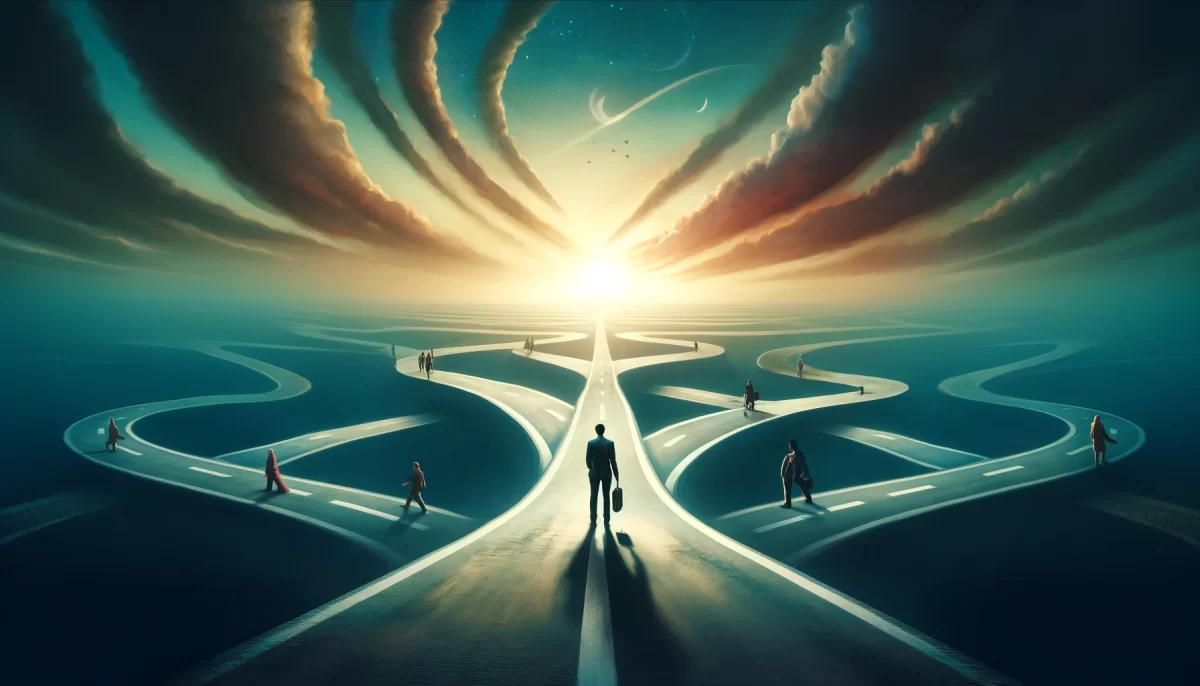
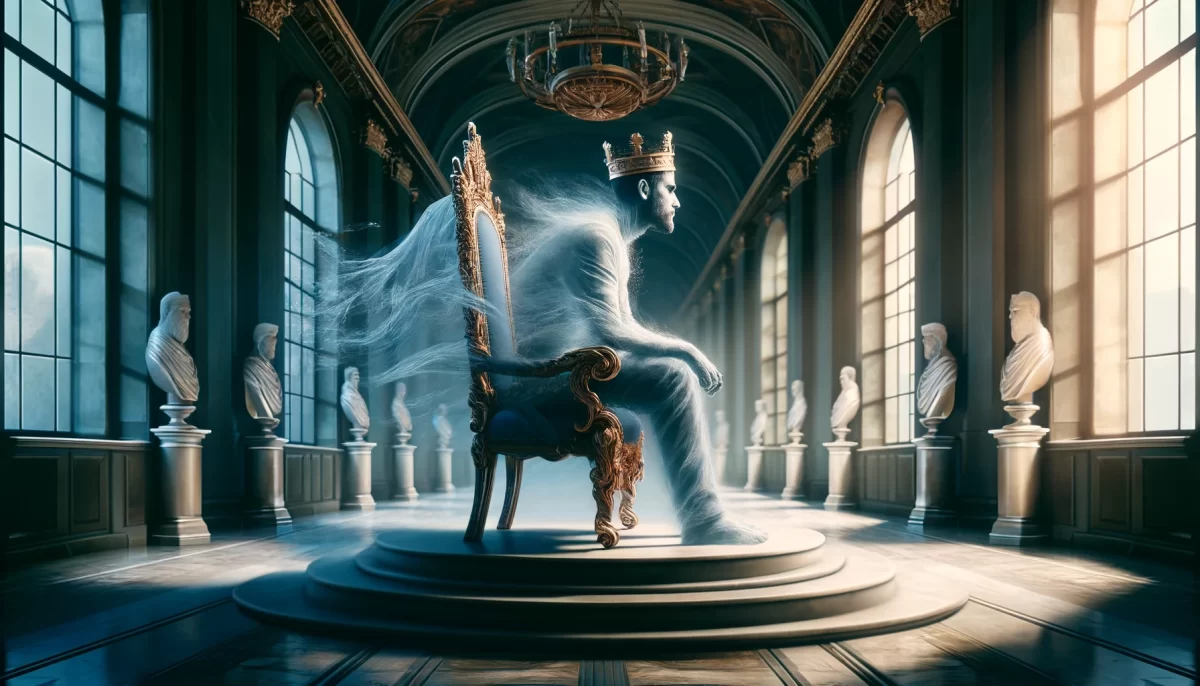
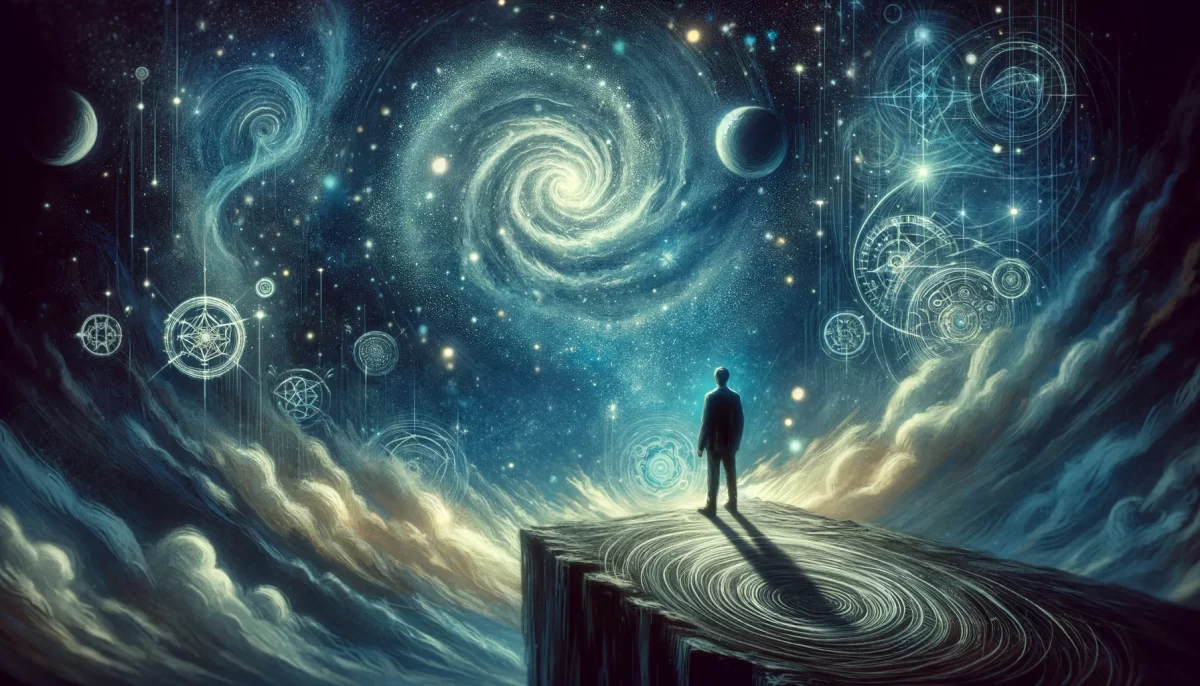
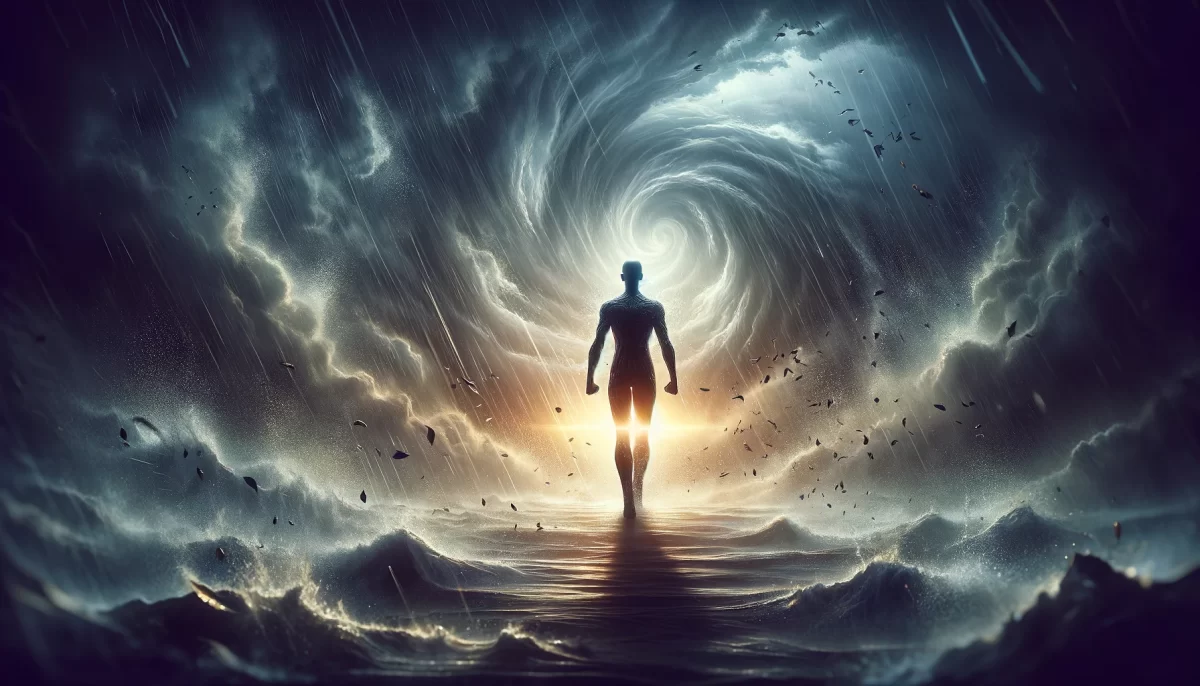

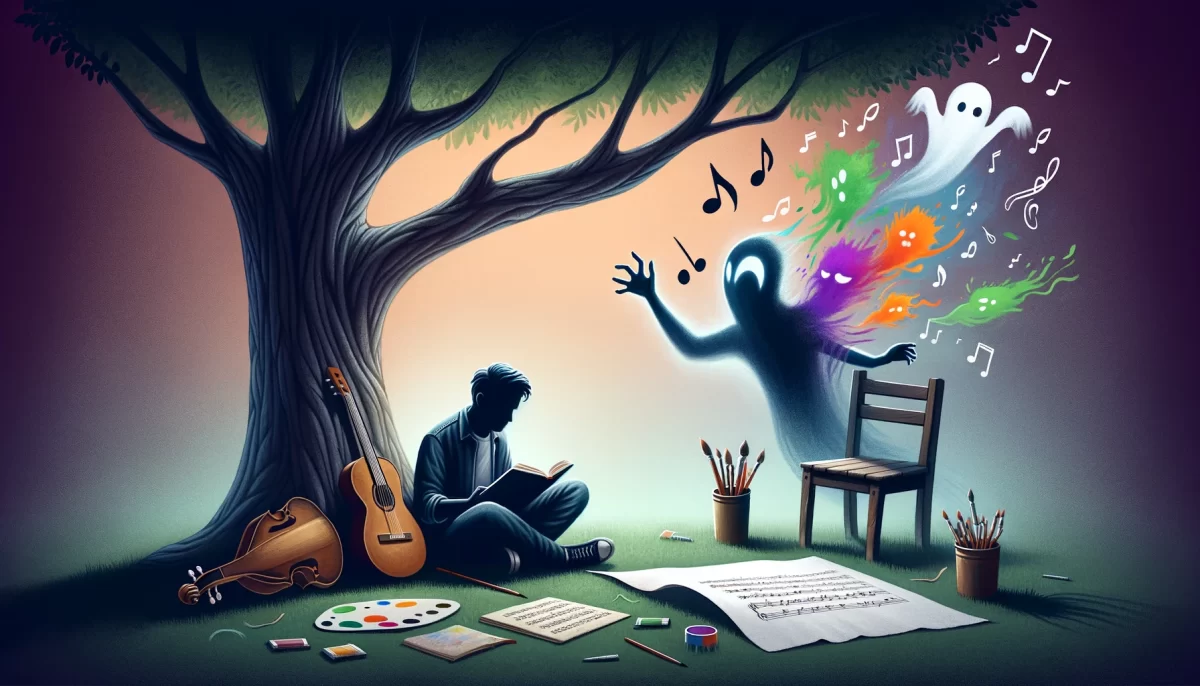



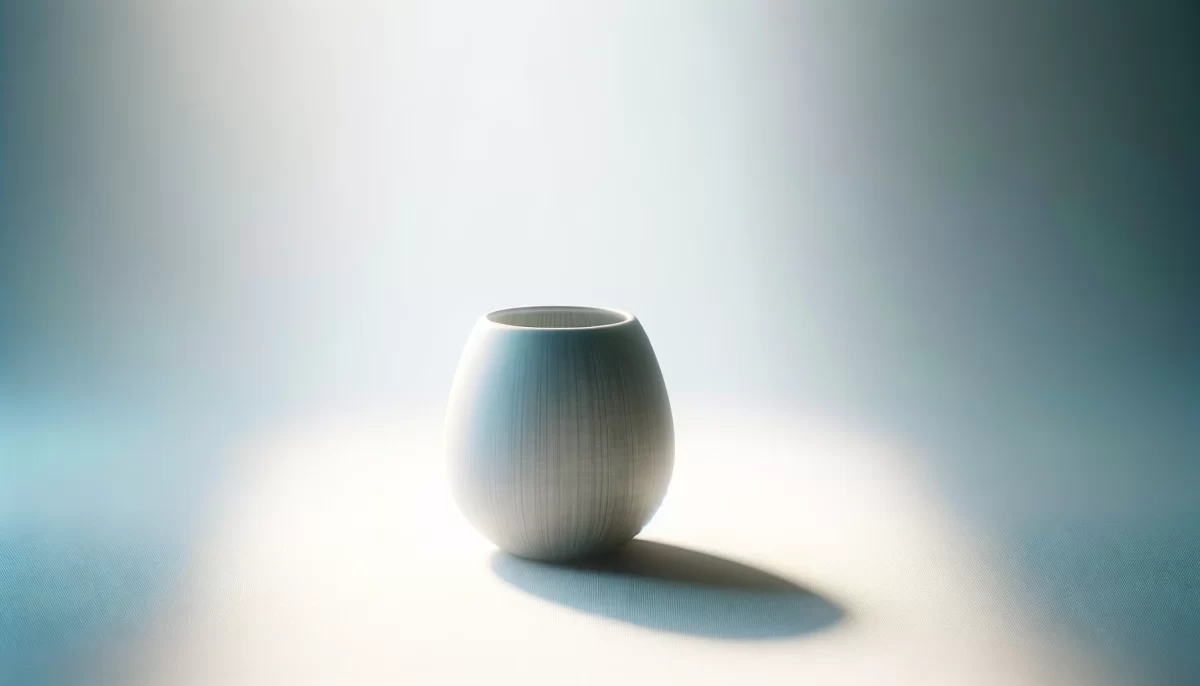
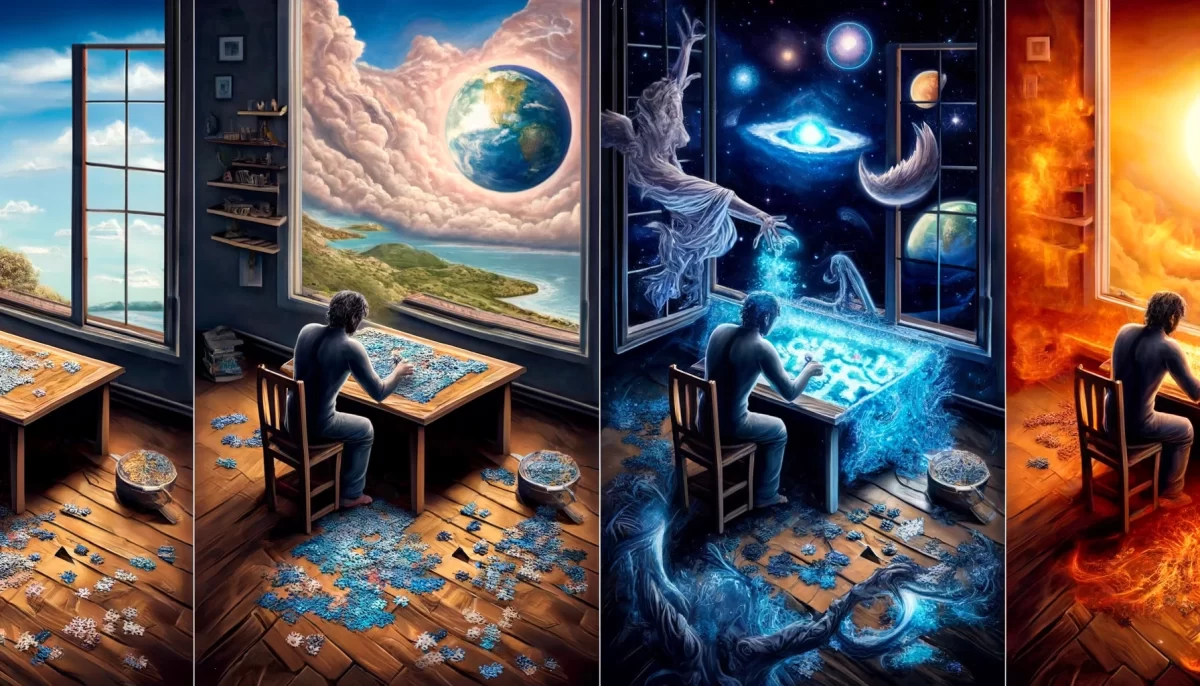

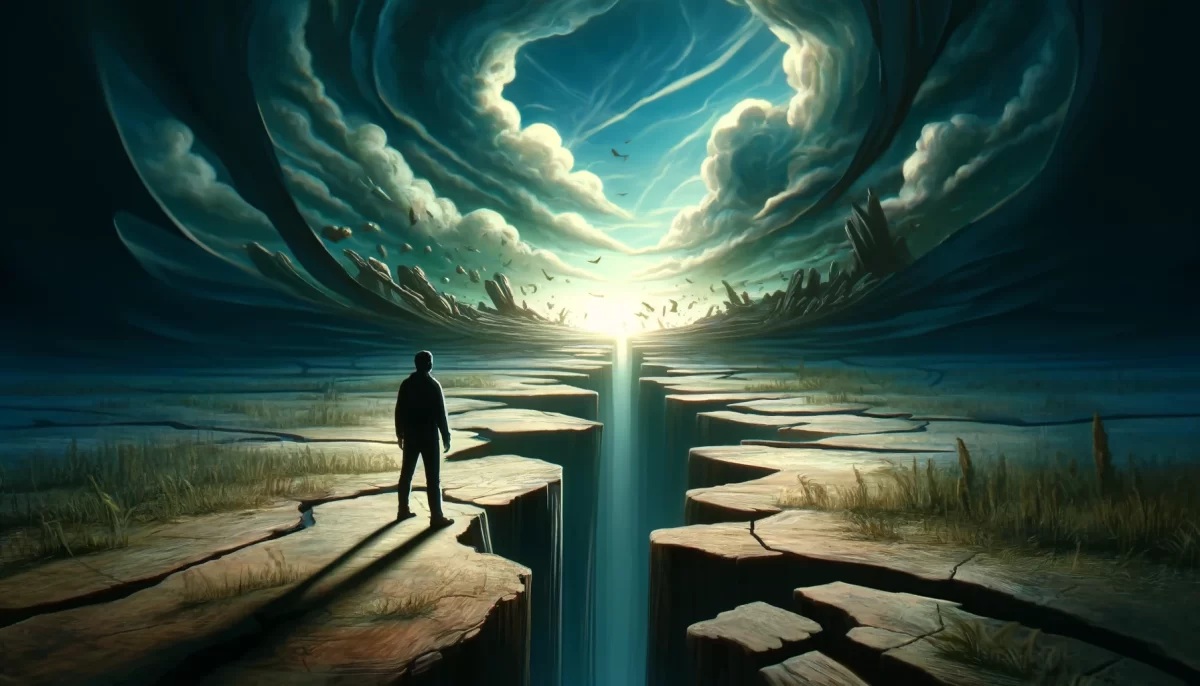
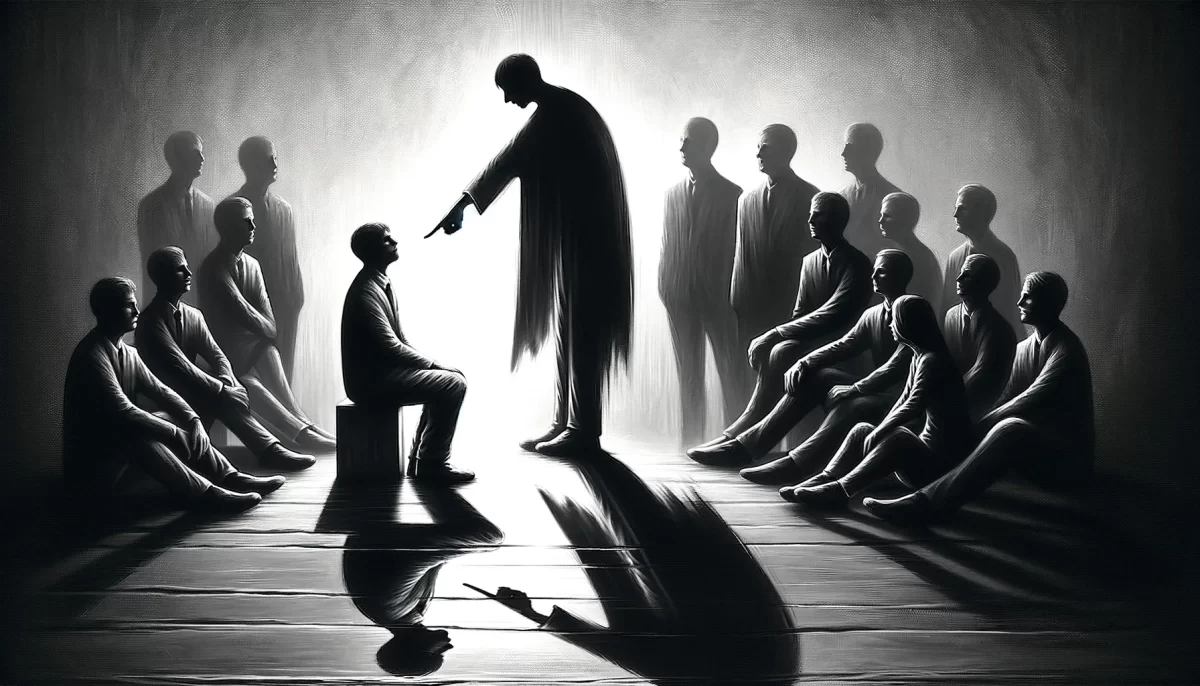
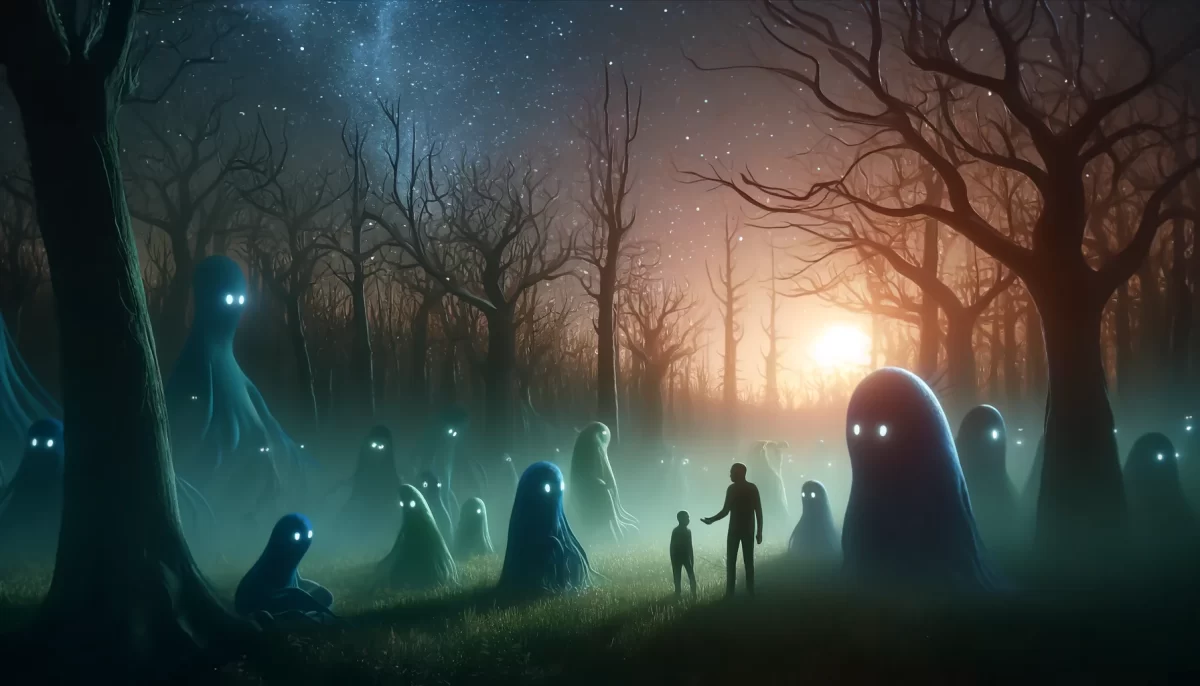
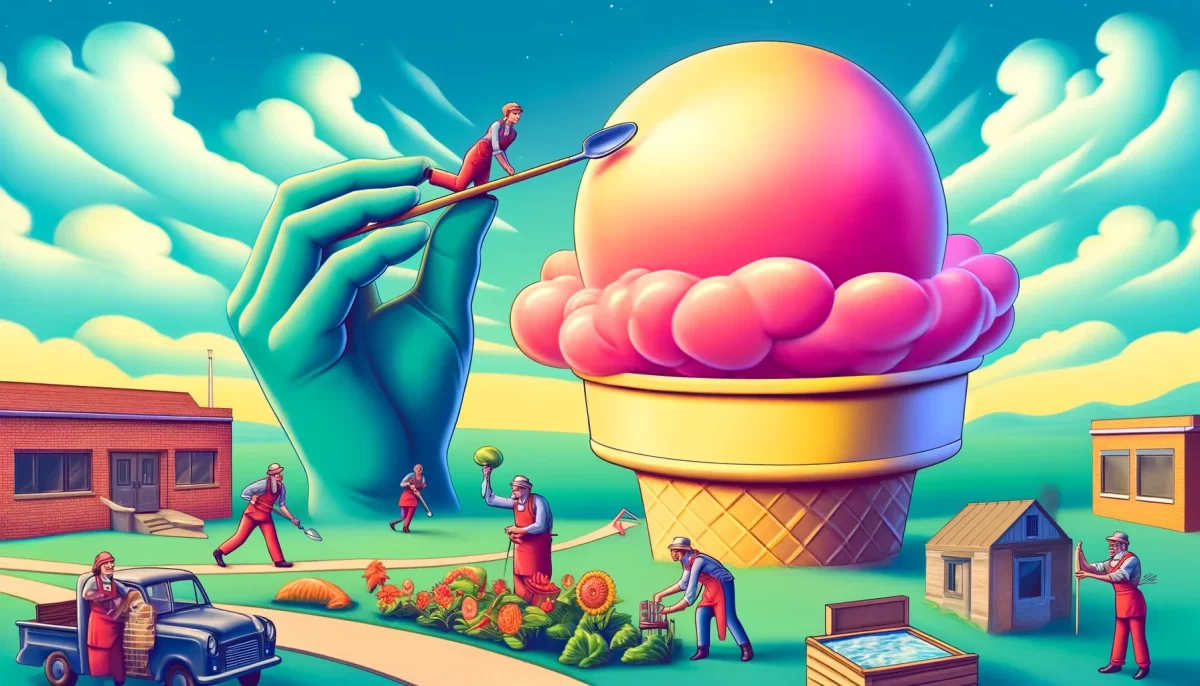
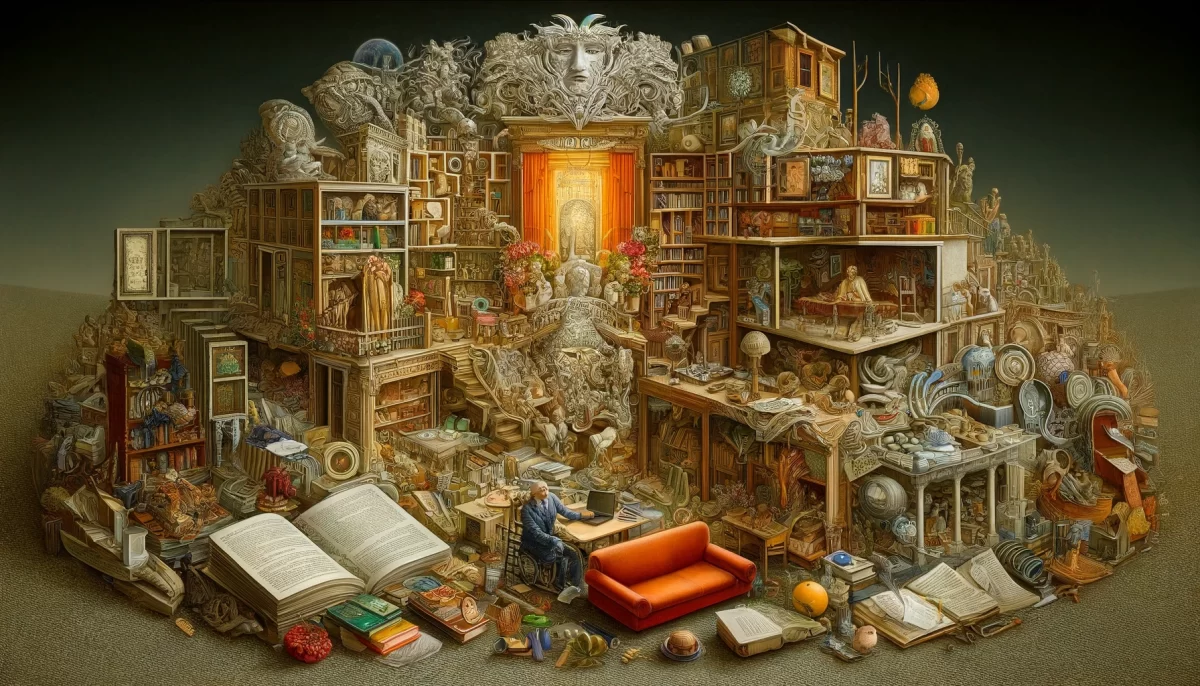




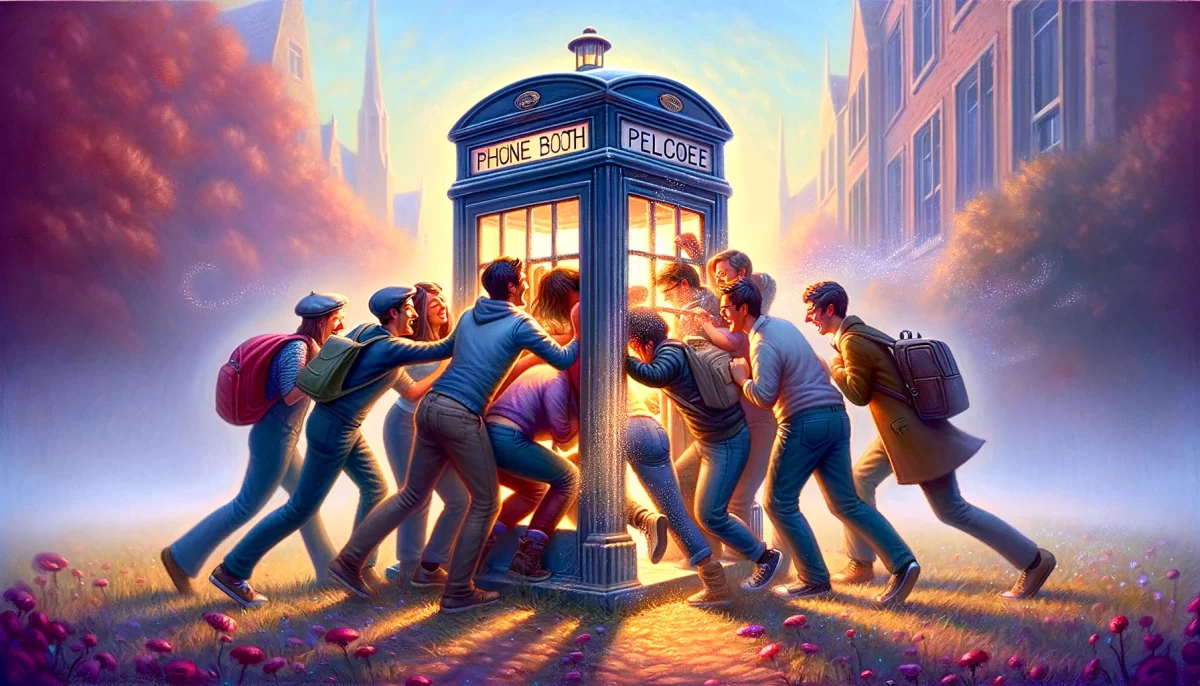
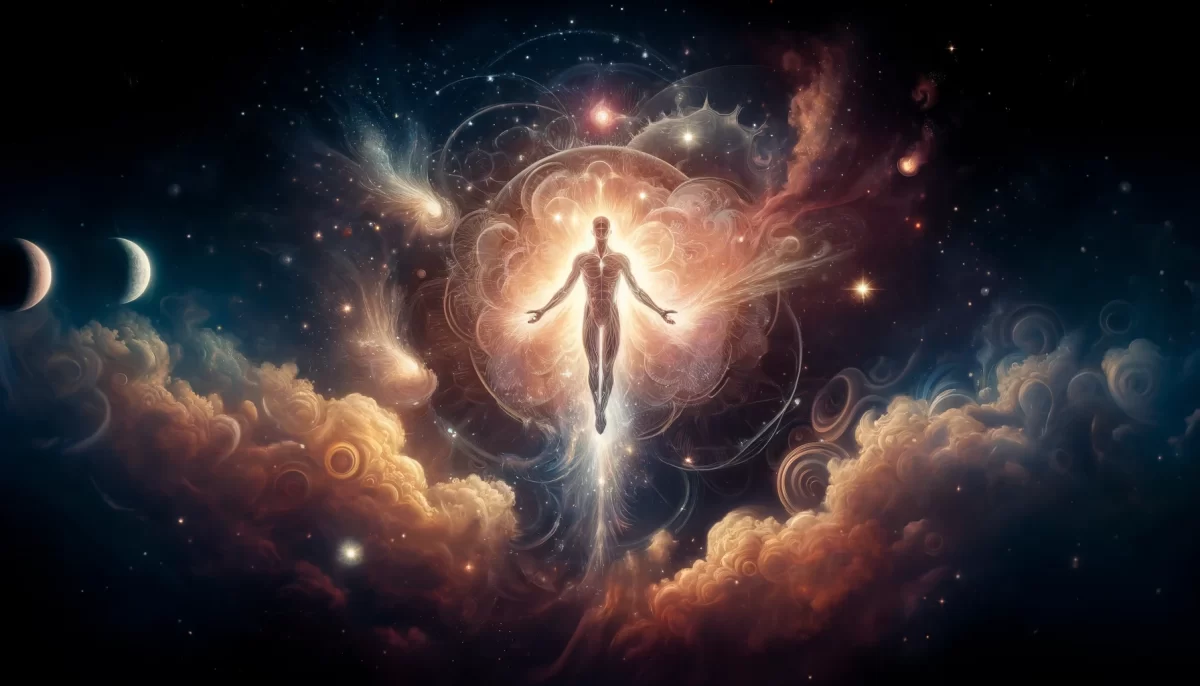





Leave a Reply